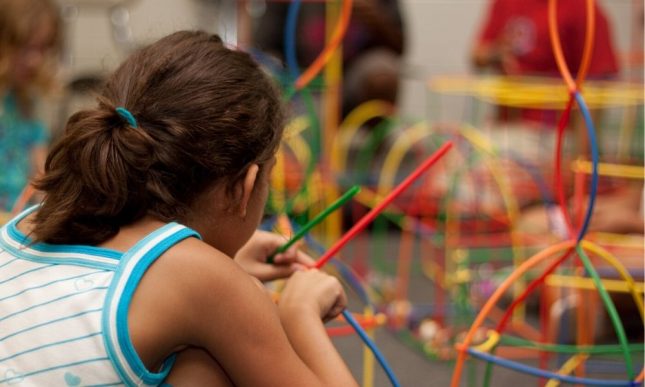Fussy eating in preschool age children is very common, and a source of great frustration to many parents and caregivers. Picky eating is a really common issue, and it causes concern because we all want to do the best for our children, including knowing that they’re eating well. So here are some of our top tips to overcoming the problem and making mealtimes a breeze.
Why are young children prone to fussy eating?
There can be a number of reasons why toddlers are prone to fussy eating as follows:
- Toddlers look for greater independence and control over their lives. Refusing food gives toddlers both attention and control in one hit.
- Children’s appetites vary more than adults because they grow so quickly, so have different needs. Often one day a child will eat lots of food, and the next food consumption is barely enough to feed a bird.
- Young children like different tastes and textures, so be sure to use a lot of variation.
- They aren’t ‘involved’ with the preparation of food. Including children in the making and serving of food, can get them more excited about eating it.
Try not to stress out, and keep it fun
First thing’s first, don’t stress. If your child’s height and weight are within what’s expected and they are healthy, then they must be getting the food and nutrition that they need. Try to keep meal times as an unhurried sociable experience that everyone enjoys. Accept that your child will sometimes refuse food and calmly take the uneaten food away without offering an alternative. Try the same meal another day, to familiarise your child with it.
Try mini meals
Young children need healthy snacks in between meals. They only have small tummies, so need more frequent mini meals to satisfy their hunger. Most children have about 5 meals a day – breakfast, morning snack, lunch, afternoon snack, and dinner.
Remember that children are not necessarily hungry at the same time as adults. Often parents are puzzled that their children don’t eat much of their evening meal. Children often fill up during the day when they are most active, so are less hungry in the evening.
During times of rapid growth your child’s appetite can vary from day-to-day so you may need to adjust the amount you offer. Watch your child’s eating patterns to work out when and how much food they need.
Be a good influence
You are your child’s best influence when it comes to good eating habits. When parents model eating a wide variety of foods, children are likely to do the same. A great way to get your child to accept new foods is to offer tastes of what you are having. Sometimes your child may want to choose food from your plate just because they feel what you have is different from their own food.
Family meal times are important occasions to support good eating habits as well as socialisation. The way that adults behave around food and family traditions shows a child the family culture around food. To encourage good eating habits have as few distractions as possible at meal times. Make sure the TV is turned off and cell phones don’t interrupt your conversation. Meal times can be a fun time to share with each other what has happened during the day, while planning for what will happen tomorrow. Young children like to be up at the table to share in the conversation.
Prepare food together
Children are more likely to eat new foods if they feel included in food preparation and production. Perhaps work with your child to make a vegetable garden at home. This is a great way to help children become more familiar with different vegetables while they learn through gardening. Your child may also like to help wash or peel vegetables. Perhaps get your child to help you when baking by measuring, stirring and finding ingredients.
Always have choices
Having a choice of what to eat helps your child to feel in control. For young children a choice of about two items is best, any more can be too hard to select from – this could be whether to have a pear or an apple with lunch. If your child refuses to try something new outright, use the “try just one spoonful” rule with your child.
Children, like adults, can also be influenced by the appearance of food. Think about what looks appealing to children in terms of colour, shape, and presentation of food.
After working in early childhood education for many years I have seen that fussy eating is very common in young children and can be partly to do with having power and control. Don’t stress out about your children’s fussy eating if they are healthy and active, encourage them to try new things, lead by example and have regular family meal times together.






It’s kind of old fashioned I guess but having dinner as a family at the kitchen table is the best way to learn manors and to find out what’s going on in your kids life! No tv, cell phones, or video games! Funny, it’s been years now but looking back, great memories! As for giving the kids choices? Really! Sure some times but can’t imagine it on a daily basis and besides, is that not what we call spoiling your kids?
Thanks for your comment Marc. Big thumbs up to the family all eating a meal together. It’s the one time in the day when we all get to stop and enjoy each other’s company, and shouldn’t be squandered. — Jarrod